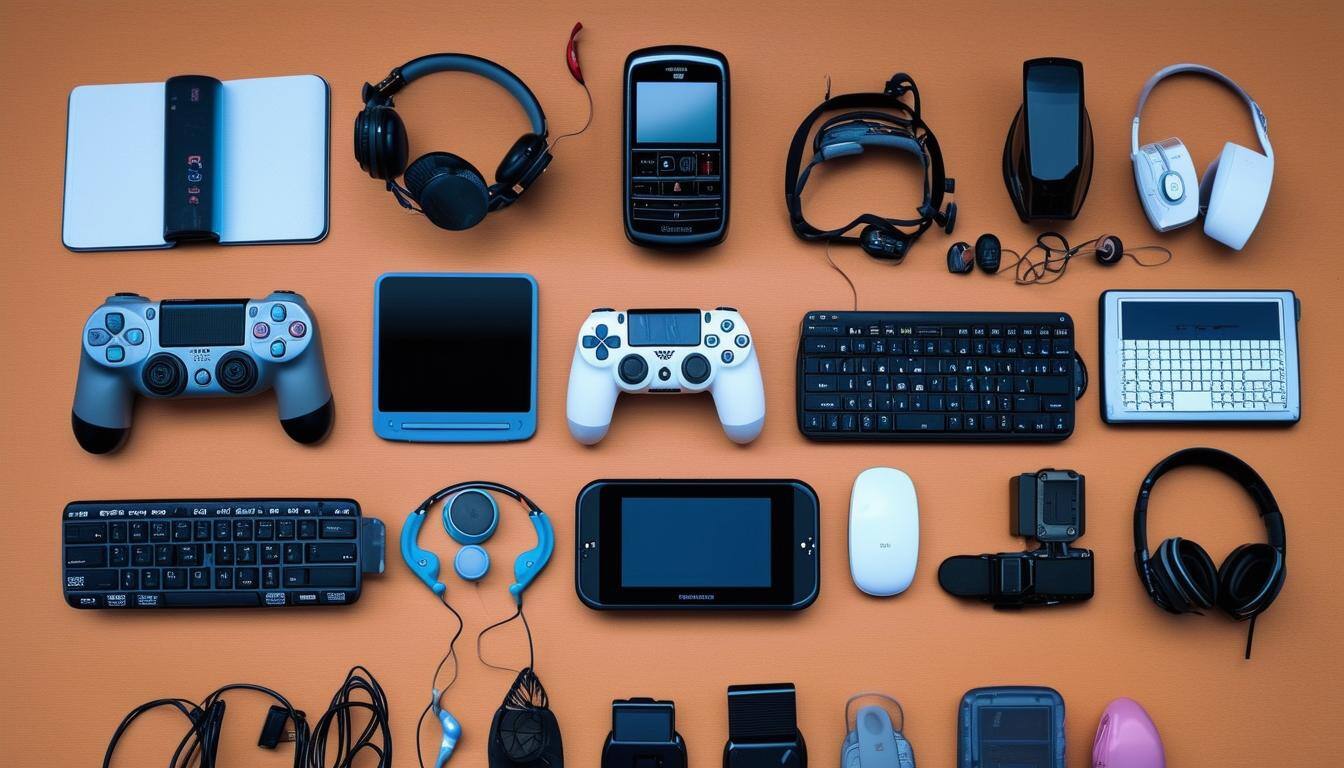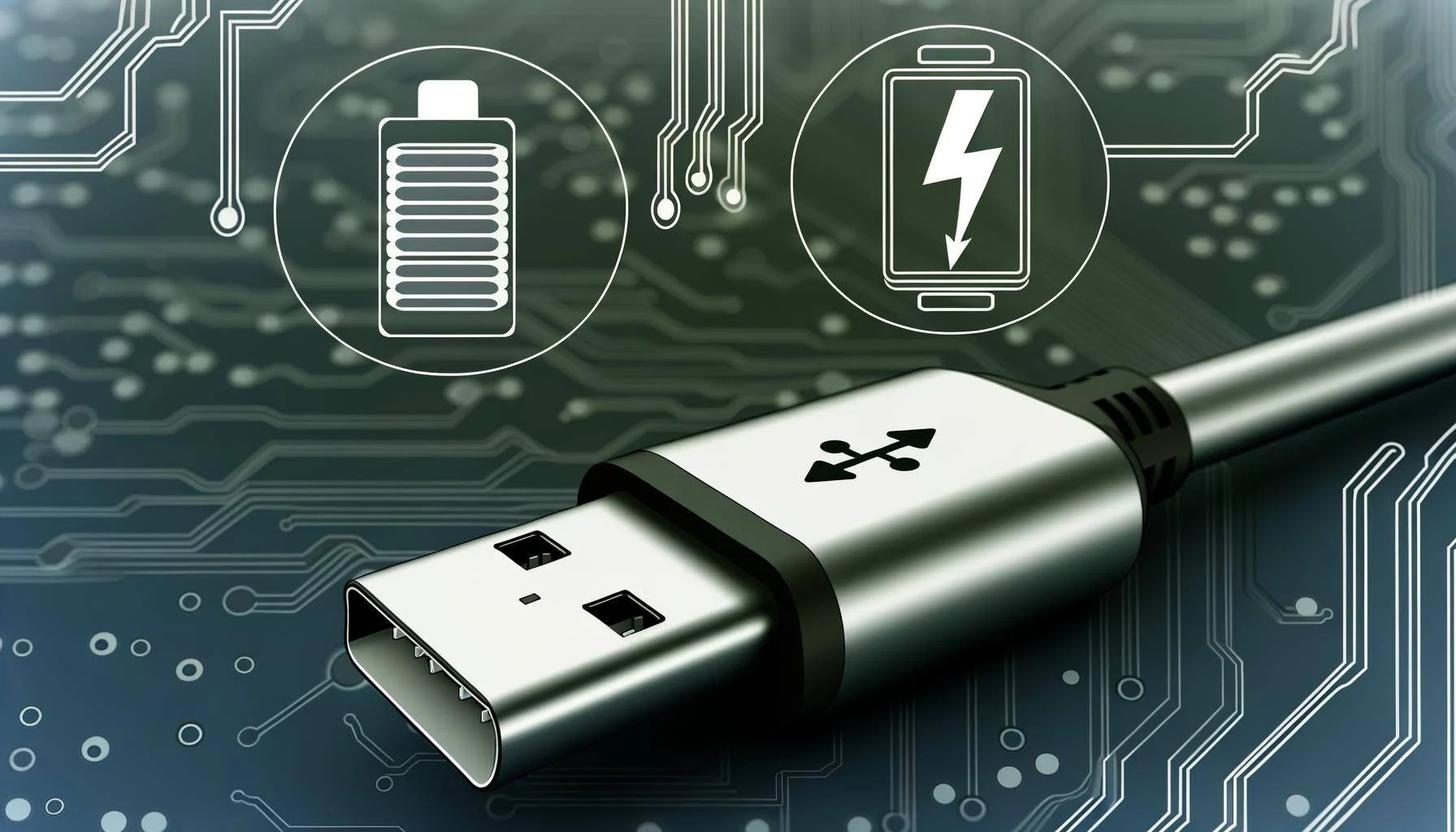By Sandy Chang – Technical Director, GRL
Most people know that USB cables come in two flavors – passive and active. However, the exact difference between them is often less well understood. This article investigates the key characteristics of USB4® Passive Cables*, and highlights the testing and certification process to follow to ensure market success.
* Note: If you would like to gain a deeper understanding of USB4 Active cables, please refer to the GRL article on active cables.
Understanding USB Type-C®
Passive USB cables are available in a variety of lengths and performance specifications (see Table 1 below).
- USB4 Gen2 passive cable: Length less than 2m, and a maximum transmission speed of 20G (10G x 2)
- USB 3.2 Gen1 passive cable: Length less than 2m, and a maximum transmission speed of 5G
- USB 3.2 Gen2 passive cable: Length less than 1m, and a maximum transmission speed of 20G (10G x 2)
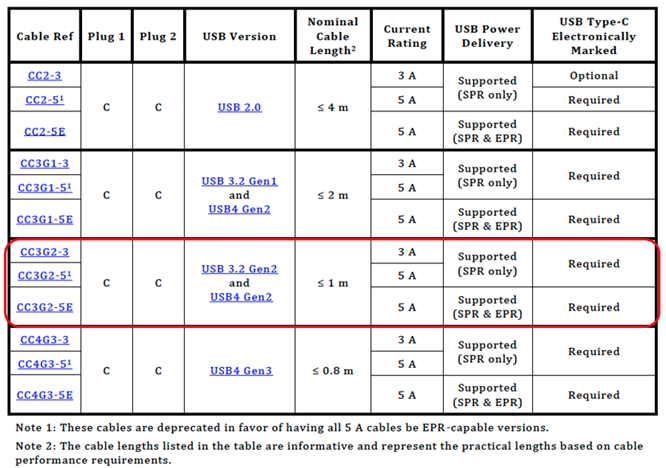
* Note 1: These cables are deprecated in favor of having all 5 A cables be EPR-capable versions.
* Note 2: The cable lengths listed in the table are for information purposes and represent practical lengths based on likely requirements.
Table 1. USB Type-C® Standard Cable Assemblies
(Source: Universal Serial Bus Type-C Cable and Connector Specification Release 2.1)
Common USB4 Questions
While such a variety of products offers consumers plenty of convenience, it also raises questions. The answers to a few of the most common queries are as follows:
1. When a newly purchased USB4 20G cable is used to connect a USB4-compatible computer to a USB3 Gen2 hard disk, why does window pop-up to indicate that it is not operating at its maximum speed?
As shown in Table 2 (below), a 2m long USB4 Gen2 passive cable can transmit data at a maximum speed of USB4 20G. However, when it is connected to a USB 3.2 Gen2 hard disk, it can only transmit at the maximum speed of USB 3.2 Gen1 – namely 5G. A USB3 Gen2 hard disk is designed to support a maximum speed of 10G. But, when the speed drops to 5G, the disk automatically sends a pop-up message informing the user that the device is capable of transmitting at a higher speed, despite the fact that the cable won’t support it.

Table 2: USB4 Gen2 Cable Lengths and Supported Speeds
2. Why can USB4 cables be twice the length of USB3 cables when transmitting 20G?
Table 3 (below) shows that the transmission speed of USB4 Gen2 and USB3 Gen2 are both 20Gbps, but the passive cable lengths they can support varies due to system loss allocation. The USB4 specification is derived from Thunderbolt 3 (TBT3), and mainly transmits DisplayPort and PCIe signals. To accommodate larger screens, TBT3 Gen2 is required to support 2m passive cables, so USB4 Gen2 must also support 2m lengths. However, in USB3 and USB4 cables, the transmitter and receiver terminals must tolerate a system loss of at least 23dB (including host PCB, cable and device PCB) at Nyquist frequency.

Table 3: System Loss Allocation of USB 3.2 Gen2 and USB4 Gen2 Cables
Looking at USB 3.2 Gen2, the Insertion Loss configuration following the specified 23dB@5GHz (Nyquist frequency) is as follows:
Host (8.5dB) –Cable (6dB) –Device (8.5dB) – Cable 6dB@5GHz – Insertion Loss is equivalent to a cable length of 1m.
* Note: A USB4 Gen2 cable must support 2m under the same system loss. The only way to achieve this is by reducing the losses at the Host and Device ends. This is why the IC for USB4 and TBT3 is extremely close to the USB-C connector.
Host (5.5dB) –Cable (11.5dB) –Device (5.5dB) – 11.5dB@5GHz – Insertion Loss is equivalent to a cable length of 2m.
3. Why is the connection speed slower on a new computer when using a USB Type-C cable?
Today’s light and thin computers often include a USB Type-C charger with a 1.5m to 2m USB Type-C (USB 2.0) cable. While cables of that length facilitate charging, most are not capable of high-speed data transmission. For that, users must buy additional USB Type-C high-speed cables that support USB4 or TBT3. which deliver speeds of up to 480Mbps.
4. What kind of USB Type-C cables offer high-speed transmission?
– USB4 cable logo
SuperSpeed USB 10Gbps (10Gx1), SuperSpeed USB 20Gbps (10Gx2), and USB4 20Gbps (10Gx2) cables offer transmission performance of up to 20Gbps. To avoid confusing users with a variety of logos, the USB IF has abandoned the individual SS USB 10Gbps and SS USB 20Gbps cable certification and logos and introduced a single USB 20Gbps cable certification and logo. Manufacturers may review USB-IF Logo License requirements for more details.
To ensure high-speeds, users should look for the Certified USB 20 Gbps logo on the product’s packaging, choose passive cables of 1m or less that support USB 3.2 Gen2, and refer to the performance details supplied by the manufacturers (see Table 2 above). Alternatively, users can buy a Certified USB 40Gbps cable. Another choice is to purchase an active cable. For more information, kindly view the USB4 Trademark Requirements Chart.
Primary USB4 Gen3 Cable Certification Tests
USB4 cable certification testing requires the use of a certified connector. USB3 Gen1/2 & USB4 Gen2 Type-C cable testing covers six main items (see B-1 to B5 and B7 in Table 5 below), while USB4 Gen3 cable calls for an additional test (B8). B6 is not a Primary item.
Primary test items include:
- B-1 – eMarker Test, Plug & Play Test, Wobble Test, and Vbus/Gnd Voltage Drop Test
- B-2 – USB 2.0 Electrical Characteristics Test
- B-3 – USB 3.2 Electrical Characteristics Test
- B-4 – EMI/RFI Shielding Effect Test
- B-5 – Connector Overmolding Dimensions and EMC Tabs
- B-7 – Torque Test
- B-8 – USB4 Electrical Characteristics (USB4 Gen3)
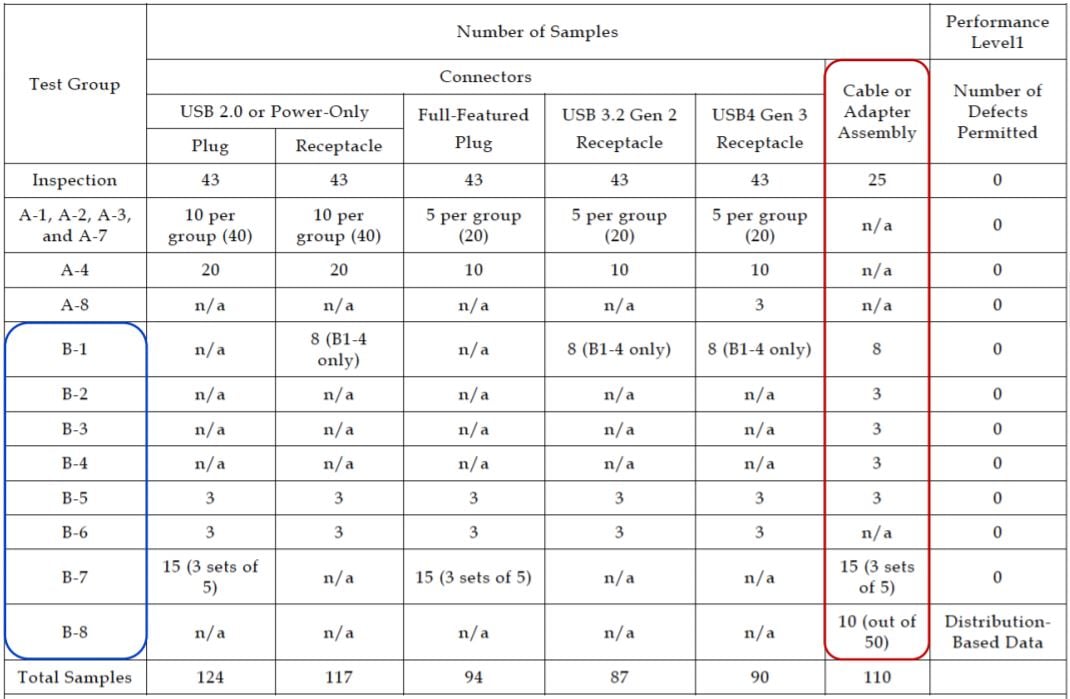
Table 5: Primary Qualification Approval Testing (Source: USB-C CableConn CTS 2.1b)
Additional tests for USB4 cables
Customers provide the testing laboratory with 50 cables, from which 10 are selected. In line with the USB IF’s goal of ensuring the high-speed transmission quality of USB4 cables, to receive certification all 10 of the cables chosen for testing must pass. This provides customers with confidence that any certified cable they buy will deliver high-speed 40G transmission.
USB4 cable certification testing includes all of the primary test items for USB3 cables, with the addition of the B-1 e-Marker test, in accordance with the USB-C Function Test Version 0.88, and the B-8 Electrical Characteristics (high frequency signal quality) test.
The B-8 (USB4 electrical characteristics) test has essentially the same test items as B-3 (USB 3.2 electrical characteristics), but the specification requirements are more rigorous and there is an additional COM test (See Table 6 for comparison details).
Key points include:
- The USB4 Gen3 cable test captures S4P data with a Vector network analyzer, which is then processed using Get iPar software
- The maximum Insertion Loss Fit frequency is increased from 10GHz to 15GHz
- Crosstalk test: USB3 only supports single channel transmission, while USB4 supports two-channel transmission. Accordingly, a test of Port to Port crosstalk between the two channels and crosstalk under DP Alt-mode are added
- COM (Channel Operation Margin) test: The COM test method originates from IEEE 802.3. It involves taking the parameter S of the cable, combined with USB4 Tx/Rx Equalizer, Jitter and Noise, and using statistical analysis to calculate the Signal-to-Noise Ratio needed to estimate the channel (cable) characteristics. The COM test result must be greater than 3.
The detailed update tests are as follows:
- TD 4.1.3 Unpowered Cable Test
- TD 4.13.5 Cable EnterUSB and Data Reset Test
- TD 4.14.x Test
- TD 4.14.1 Cable Vconn Swap Test
- TD 4.14.2 Cable Reset Test
- TD 4.14.3 Cable Alternate Mode Test
- TD 4.14.4 Cable USB 3.2 Test
- TD 4.14.1 Cable Vconn Swap Test
- TD 4.14.2 Cable Reset Test
- TD 4.14.3 Cable Alternate Mode Test
- TD 4.14.4 Cable USB 3.2 Test

Figure 2: COM Test Analysis
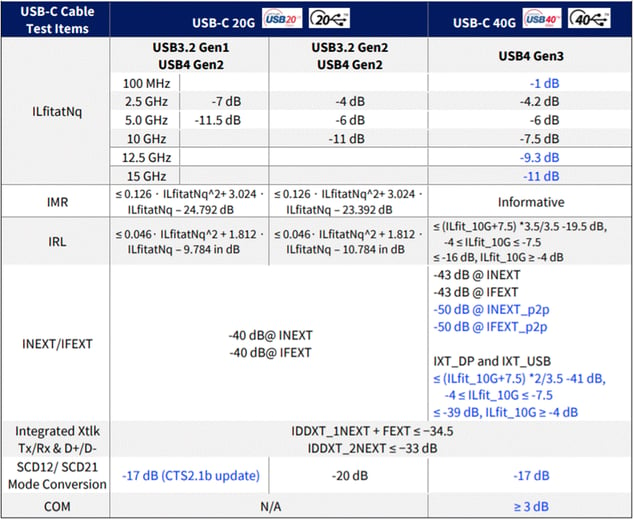
Table 6: Cable CTS Test Group B-3 and B-8 Test Comparison
Moreover, it should be noted that the USB4 passive cable must support TBT3, which requires an additional TBT3 compatibility test.
Conclusion
Although USB Type-C cables support the same transmission speed, the length of cables can cause variances, which are mainly due to the system loss. With respect to charging, as a minimum the cable should conform to the USB 2.0 USB Type-C specification.
USB4 Gen3 cable certification requires compatibility with TBT3 and transmission speed enhancements. At the same time, e-Marker, Crosstalk and COM test items are added for verification.
GRL is a USB IF-authorized certification laboratory, providing complete USB cable and product testing and certification in Dongguan, Shanghai and Taipei.
Reference
- USB Type-C Cable and Connector Specification, Release 2.1, May 2021
- USB Type-C Connectors and Cable Assemblies Compliance Document, Revision 2.1b, June 2021
- USB4® Specification, Ver 1.0 with Errata and ECN through May 19, 2021
- USB Type-C Functional Test Specification, Chapter 4 and 5, May 23, 2021, Rev 0.88
Author
Sandy Chang – Technical Director, GRL
Sandy has more than ten years of professional experience in the industry and is currently Technical Director at GRL (Taipei). As a GRL test team leader, she is an expert on high-speed interfaces, such as Thunderbolt and USB Type-C and the relevant test specifications.
Specifications and descriptions in this document can be subjected to changes by GRL without prior notice.
Release date: 2021/07/26 AN-210726-TW



